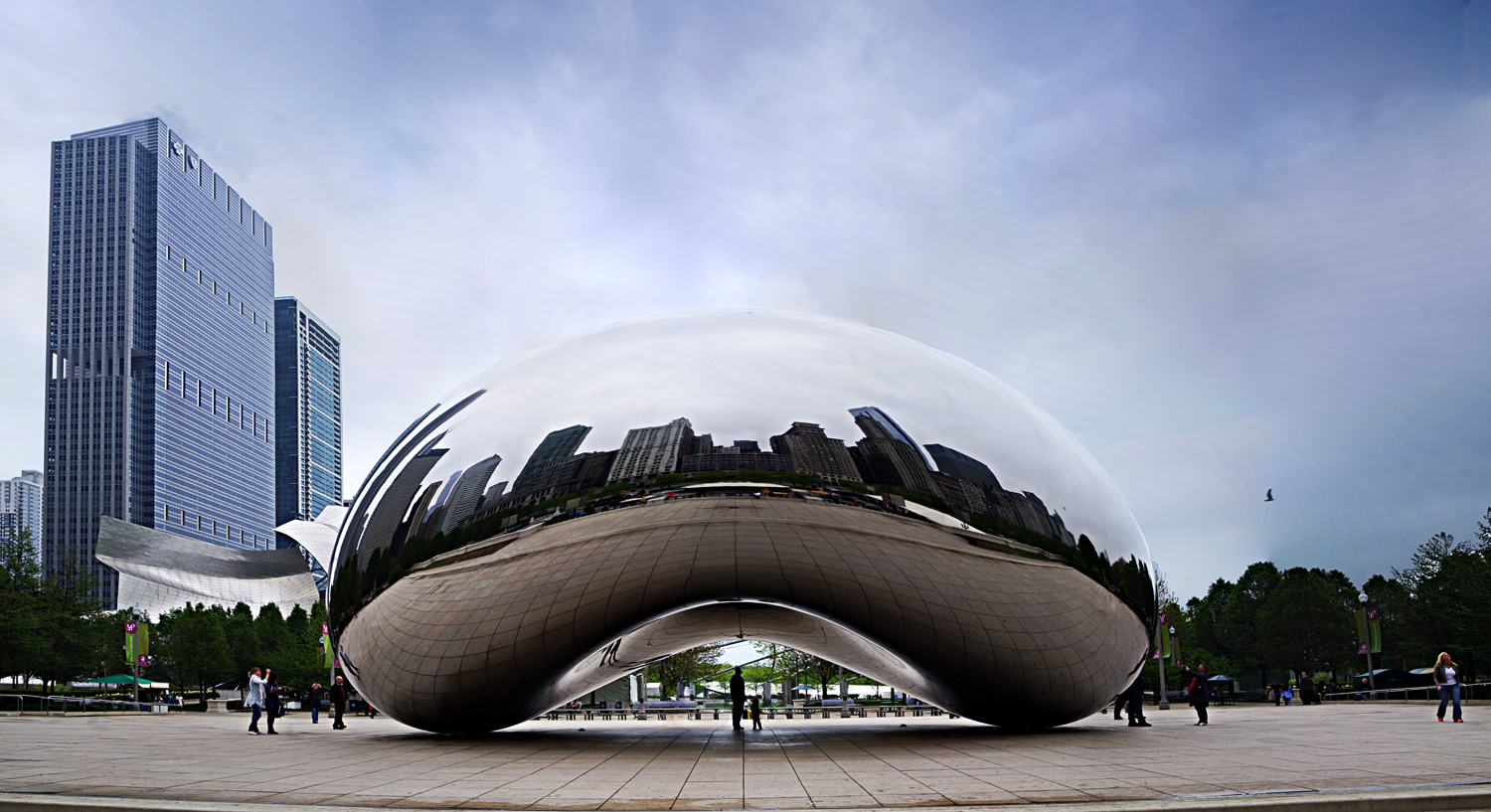And, a final fun fact: This image was taken during the same shoot (though two days later than) image 16.

Next year I'll continue this blog, for the three people who read it regularly, and for myself. Last year I set a pretty ambitious goal -- a different roll of film, camera, and lens combination every day. I managed that for much of the year, but since taking a job in the suburbs let it fall off. So next year this blog will be slightly different. I'm not sure exactly how yet. I plan to mix the subjects a bit more -- photography, how-to, technical information, and so forth. With luck, I can figure out how to embed YouTube videos and have them be centered. One thing I hope to do is more integrate this blog with my YouTube channel.
Anyway, have a safe and happy new year and stick around in 2013 for more, exciting, and bigger blog posts.
And now for some 2012 metrics:
2012 blog views (through December 30): 4,305
Most-used camera: Pentax K-7 (64 times)
Most-used FILM camera: Nikon F3 (14 times)
Most-used lens: Sigma 35-80 (42 times)
Most-used film: Foma 400 ISO (20 times)
Most-frequented location: SOMA -- San Francisco's South of Market Neighborhood (33 times)
Most-viewed entry (2012 only): An Old Camera Photographs Old Piers (50 views)















































